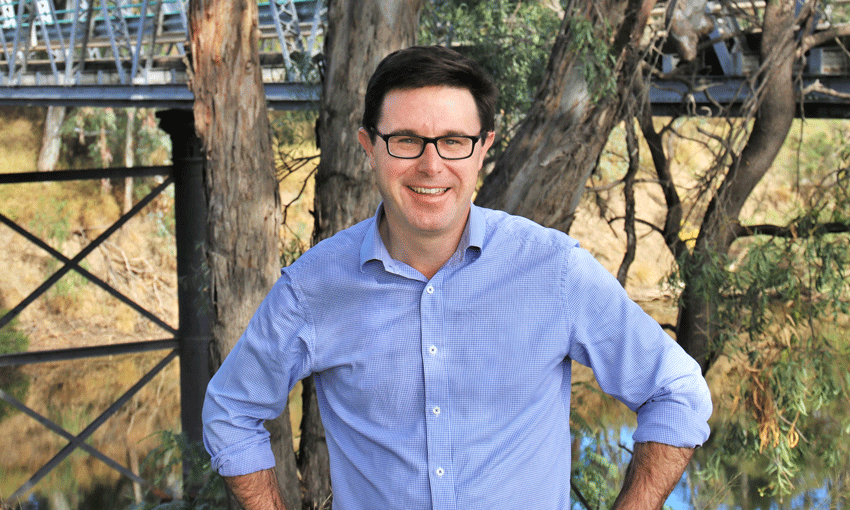DAVID Littleproud, the agriculture minister, acknowledged industry concerns with delays in receiving biosecurity document assessment and inspections services from his department.
Mr Littleproud said the Australian government was making all efforts to manage the increased demand at the border and reduce the impact on industry while still effectively managing biosecurity and imported food risks.
“International trade volumes and emerging biosecurity risks will only continue to grow,” he said.
“We cannot afford to compromise Australia’s biosecurity to achieve better service delivery outcomes. While biosecurity must come first, it is also important that we explore more innovative ways of operating. Doing more of the same is not an option.”
Mr Littleproud said partnering and co-design activities with industry at both a grassroots and strategic level are critical to reform while ensuring the flow of trade and goods to Australian consumers keeps moving.
“Australia is facing significant and changing threats posed by exotic pests and diseases such as African swine fever, brown marmorated stink bug and khapra beetle, which would all have devastating effects on agricultural industries, the environment, exports and our economy if they established here,” he said.
“We are lucky to be free from these harmful pests and diseases and we want to keep it that way, as the impacts would be felt across communities, including businesses trying to recover from the effects of the COVID pandemic. My department is currently working on a number of initiatives which will help to manage biosecurity risks more effectively and efficiently at the border.”
Mr Littleproud said these initiatives include:
- implementing 3D x-ray and auto-detection technologies to identify biosecurity risk material at the border – trials of the x-ray technology have been a success with the department using the 3D images to create the world’s first auto-detection algorithms for biosecurity risk material;
- training detector dogs to identify scent extracts and volatile organic compounds to detect priority pests such as brown marmorated stink bugs;
- testing scanning systems mounted on ship-to-shore cranes to detect pests and contaminants on sea containers – as part of the Business Research and Innovation Initiative (BRII) challenge, two companies are testing these systems. If successful, they may reduce unnecessary inspections and result in faster release of containers;
- automating processes to increase the speed and accuracy of biosecurity document assessment;
- piloting virtual inspections of surveillance low-risk foods, in consultation with industry participants;
- trialling RealWare’s hands-free Smartglasses. These trials have been ongoing since early 2020 to test their potential useability in certain biosecurity activities, such as remote inspections; and
- investing in modern systems to schedule and deploy assessment and inspection services more effectively.
Mr Littleproud said these are some examples of how his department is working to manage increased volumes of cargo and emerging biosecurity risks through increasingly more complex global pathways.
“I have asked my department to work with industry groups on other short-term and medium-term system and process improvements, and on setting a global benchmark in biosecurity best practice through co-design,” he said.
“I thank members of the import supply chain for their ongoing cooperation and patience while these improvements are rolled out, and assistance in managing biosecurity risks.

